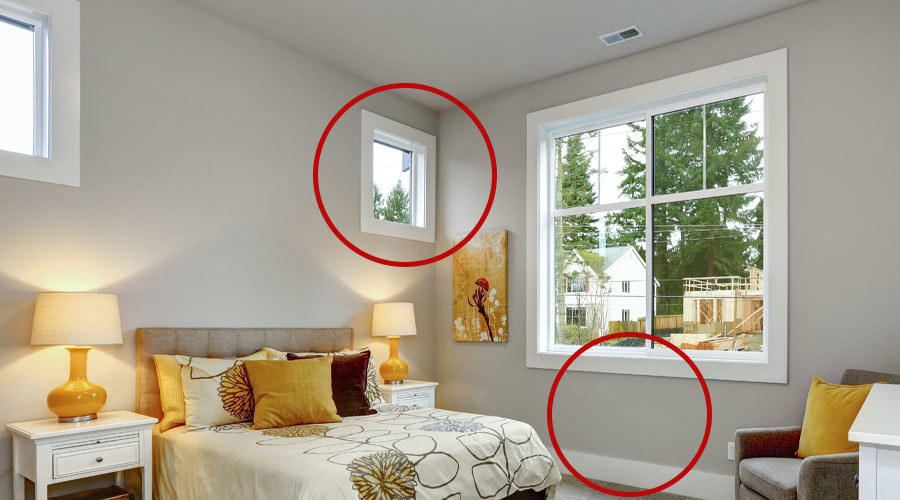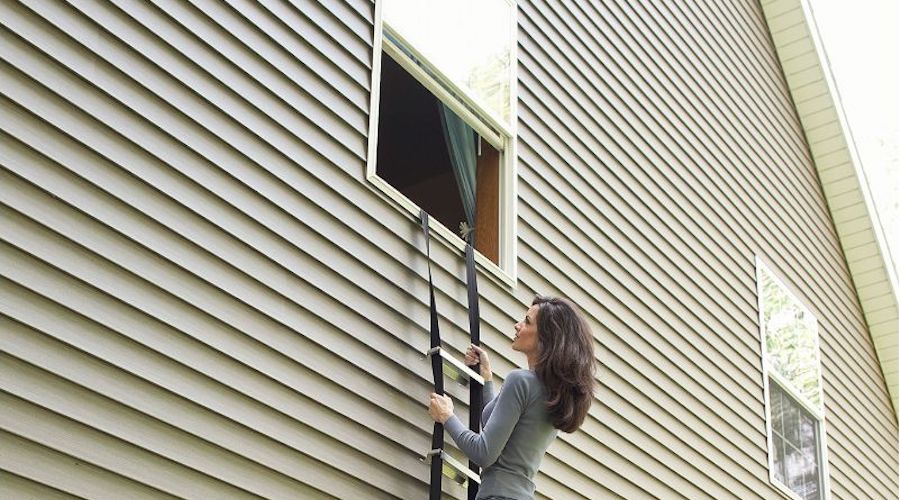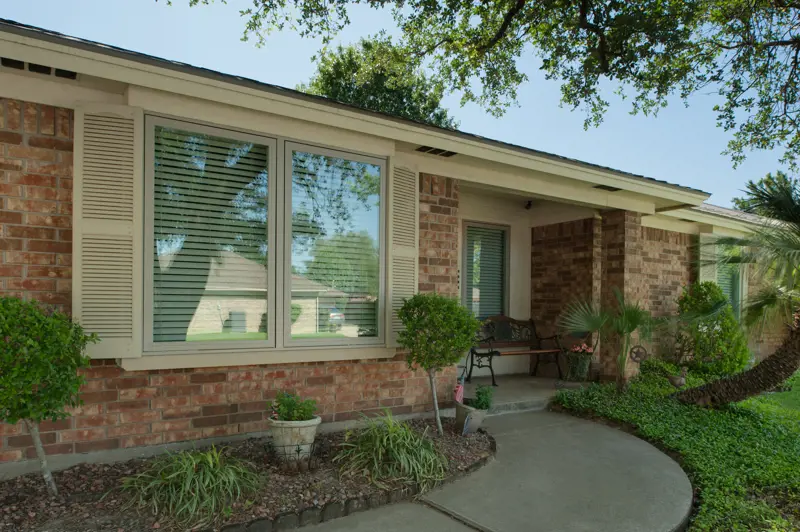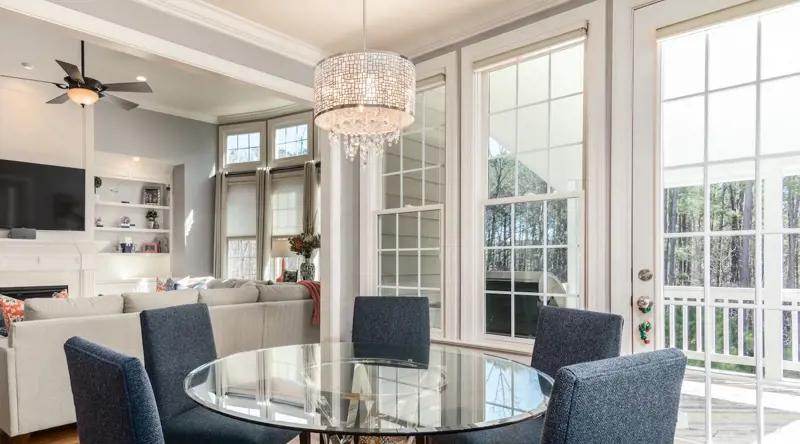
Egress Window Installation
Homeowners are often confused about what egress windows are if they are installed differently, and how they actually work. The only thing an egress window is, by definition, is one that allows someone to exit the room the window is in if there is an emergency like a fire.
An egress window also provides access for firefighters or other emergency responders. There are standards for this type of window, but as far as installation is concerned, in most cases, it is very similar to that of a standard window.
Use the links below to jump ahead in this post:
- What's the difference between a regular window and an egress window?
- Are egress windows installed differently than a standard window?
- Window styles for egress windows


What’s the difference between a regular window and an egress window?
So what is the difference between a regular window and an egress window? The primary differences are the size and purpose of the window. Building codes will dictate this size. For instance, in a bedroom, you need to have an egress window of some sort.
The window must cover at least 5.7 square feet. The opening of the window must be 20” by 24” inches minimum. Essentially this allows room for an average person to exit without trouble. Also, keep in mind that this is the minimum size for the window.
An egress window must be at least 8% of the square footage of the room to allow for the entry of natural light. That means if you have a large room area such as a recreation room in a basement, you might need more than one window to meet this requirement. But if you have more than one window, they still need to meet the minimum size requirements.
Also keep in mind the opening of the window itself must be no less than 4% of the total square footage of the floor. Again, for a larger room, that means either larger windows or more than one egress window.
If you are adding an additional sleeping space or converting a current room to a sleeping space you must meet this code requirement. If you have questions, contact a qualified window installer and contractor to make sure you are in compliance with these laws and any local or regional building codes.
Are egress windows installed differently than a standard window?

The egress window is not installed differently. However, there are different requirements for where the window is installed in the wall. To qualify as an egress window, the sill can be no more than 44” from the floor. There is no minimum sill height, but if the window is upstairs on a second floor, that changes some things.
For example, if the window sill is within 18” of the floor, there must be a bar or guard installed that prevents someone from falling into the glass. This can sometimes change how the window must open, or the bar or guard must be easily removable in case of fire. Again, a certified contractor, building inspector, or window installer is your best source for specific answers.
Egress windows are also different in basements, depending on where window wells are located and how they are constructed.
- If the window well is 44” deep or deeper, it must be equipped with a ladder or steps.
- The steps can be no more than 18” apart
- The ladder must be 3” from the wall and can extend up to 6” into the window well.
- The well must be at least 36” wide and allow the window to open completely.
- The well cap, if there is one, must be easy to open from the inside with “no tools or special knowledge needed.”
- Window size requirements are the same as for other areas, so a 20” window would have to be 42” high to meet code.
While the installation process is the same for egress windows, the requirements for how and where they are installed are different.
Window styles for egress windows
You can use any style of window for an egress window, as long as it meets the minimum size requirements. That includes Casement, hung, and sliding windows.
One thing to consider, especially in basements or upstairs areas is that casement windows with hinged sashes that swing free and clear of the opening, whether inward or outward, can be relatively small and still meet egress requirements. When it comes to an egress window, size matters much more than type.
This can be especially important if you are installing egress windows in an existing basement or another area in order to classify it as a sleeping space. Installing windows in an existing foundation or basement, especially one with concrete walls, can be tricky and costly. A window type that allows for a smaller opening is often a part of the solution.
Egress windows are required by law and building codes, but they simply have requirements that are different than other windows. Installation is the same with the exception of size and restrictions about how they are located in a wall. Basements and upstairs areas also have special requirements
Remember, if you have questions about window installation, contact a professional in your area who can speak to your specific situation.
Oops!
We don't currently serve your area but do want to help you plan your project. Try our Build & Price tool to get an idea of window & door costs within DFW. Your area may be higher or lower but at least you'll have some idea of the price.
Thanks for stopping by.







